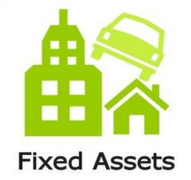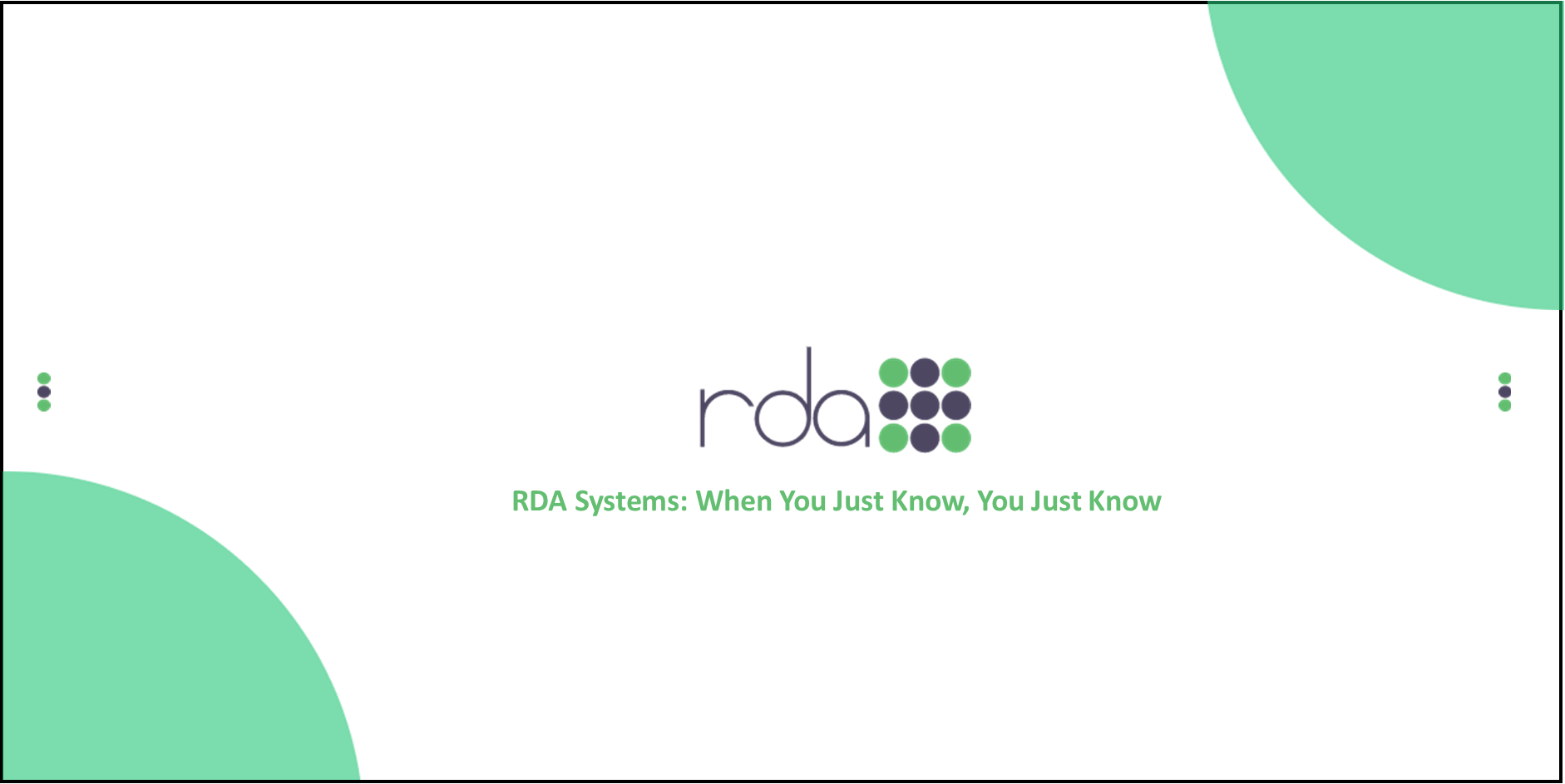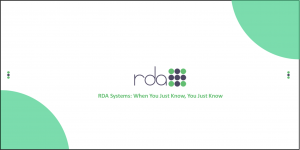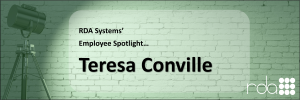
One of the modules many of RDA’s customers do not take full advantage of is Fixed Assets. It offers much more than just a place to store what assets you have on hand. It is fully integrated with Financial Management, so any transaction that you make in this module will automatically flow to your balance sheet. Fixed Assets is integrated with ESS Requisitions and Purchase Orders tracking the purchase of an asset. The integration continues from Purchase Orders to Vendor Payments completing the purchase transaction. Once Assets are sold, the transaction is automatically uploaded to the Bank Reconciliation module to reflect the proceeds deposited to your bank account.
Having an accurate, complete, and up to date Fixed Assets register can make your job easier and audits go much smoother. A single, all-inclusive database will eliminate the need to maintain several disorganized spreadsheets. Some customers currently pay a third party to maintain and calculate depreciation for their fixed assets, but by using the Fixed Assets module, that need would be eliminated. The system tracks all of the assets’ key attributes. It is very simple to pull a report that displays these attributes including current value, purchase price, and depreciated amount.
Using the system, you have the ability to track and control changes to an asset throughout its life cycle. Users are able to choose one of the many predefined depreciation formulas, as well as the option to create user defined formulas for each specific asset class. Users also are able to create rules for the default accounting codes for each class when the asset is depreciated, sold, or disposed.
RDA’s Fixed Assets module has many features that make managing your assets more efficient including:
- There is no need to remember to which expense account the depreciation for an asset should post. This account code is assigned at the time the asset is initially set up.
- The system will automatically calculate what the depreciation amount should be and will track each time that it has been deprecated.
- You can depreciate your assets individually or in mass.
- You have the ability to exclude certain assets from being deprecated each time you run the process.
- No more manual Journal Entries to record depreciation in the general ledger.
If you have any further questions about Fixed Assets or if you are interested in hearing more about implementing this module, please contact us and we will be glad to help!





